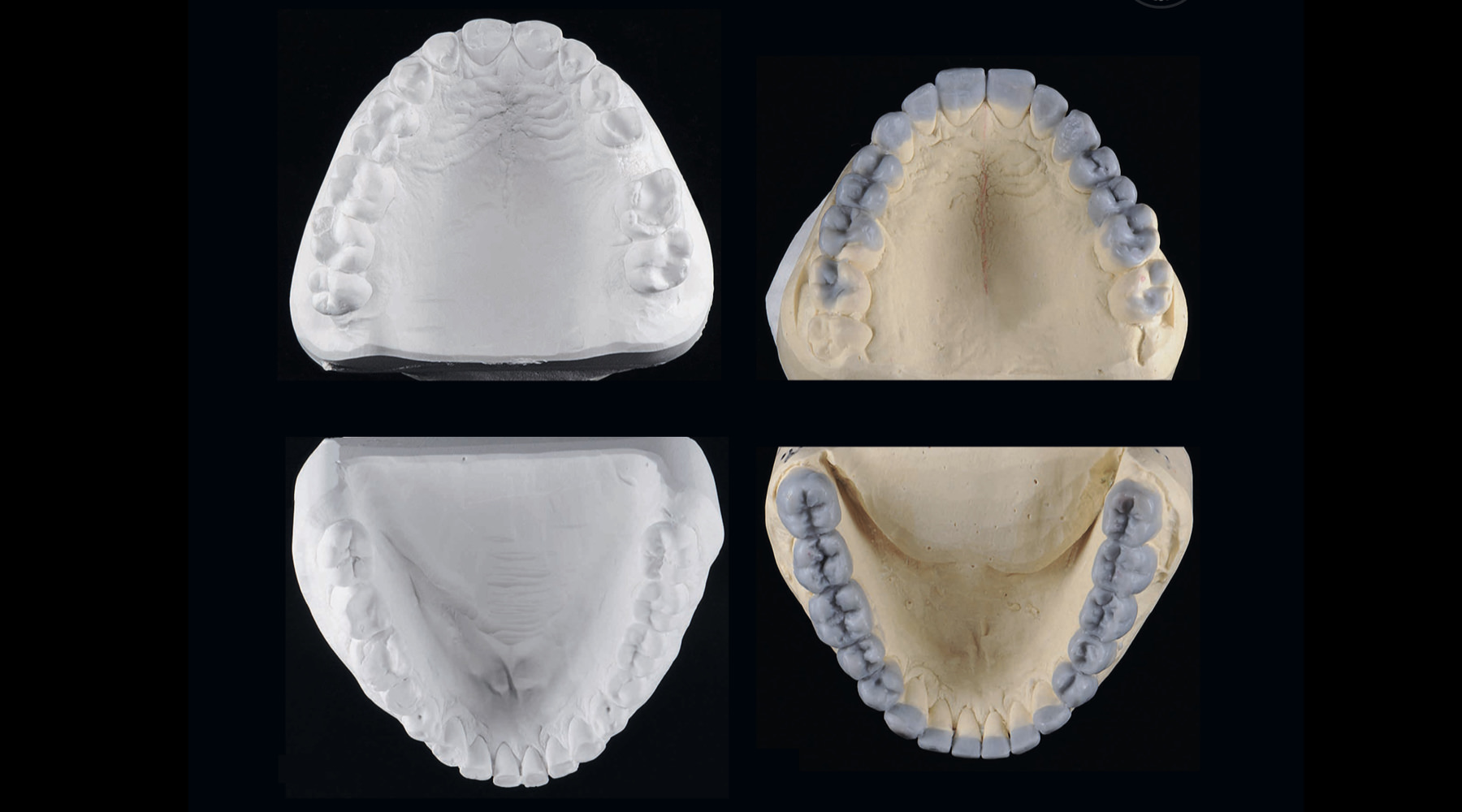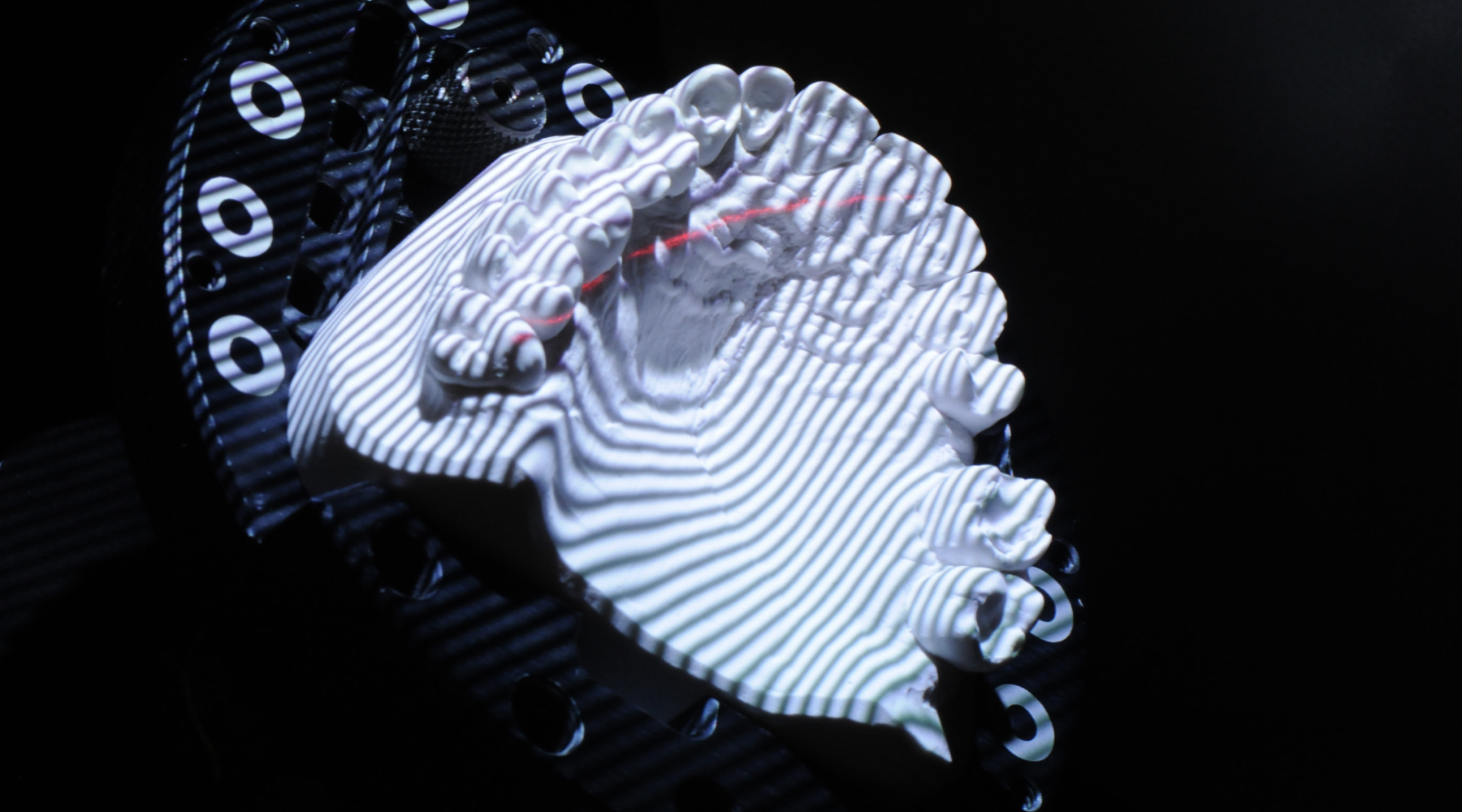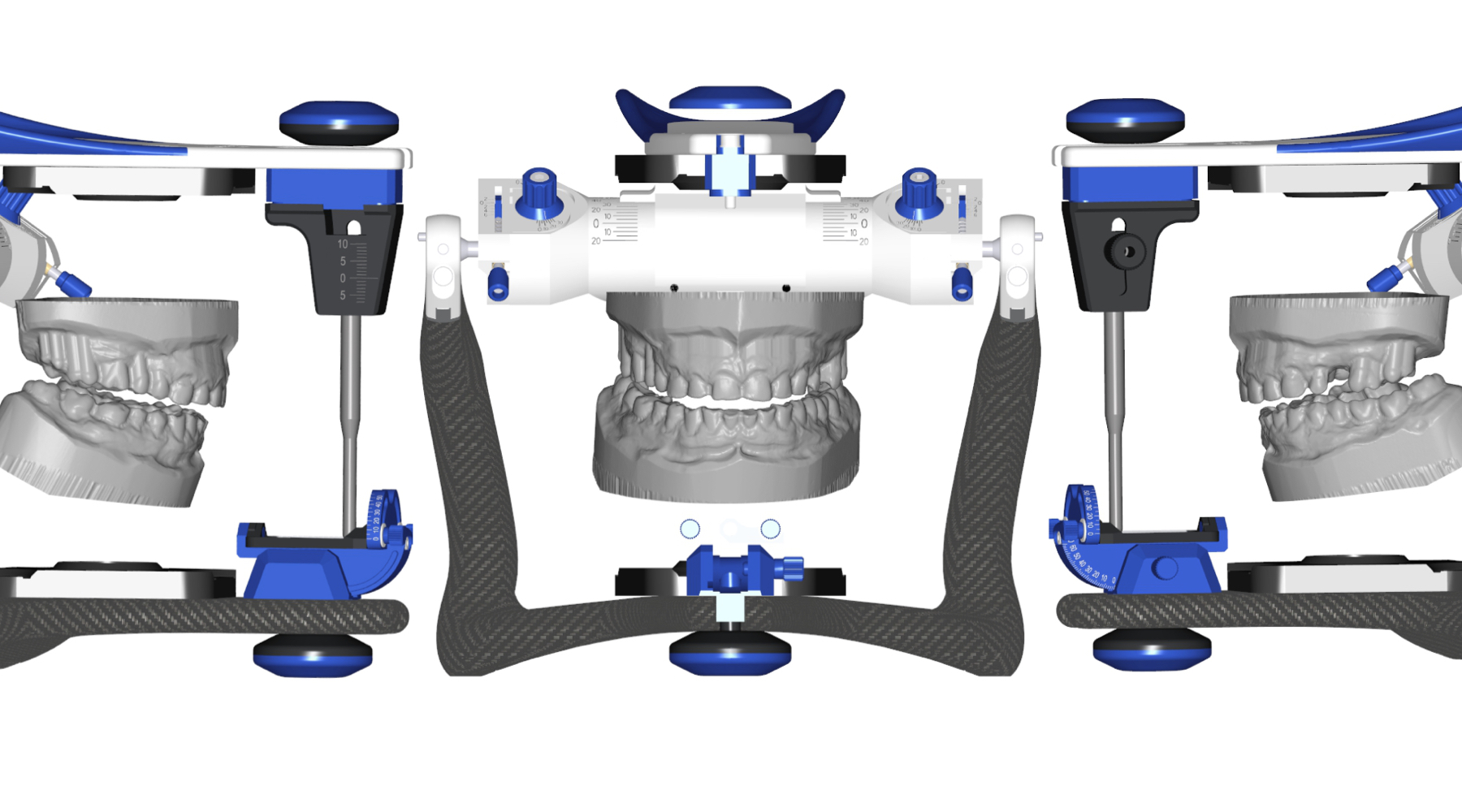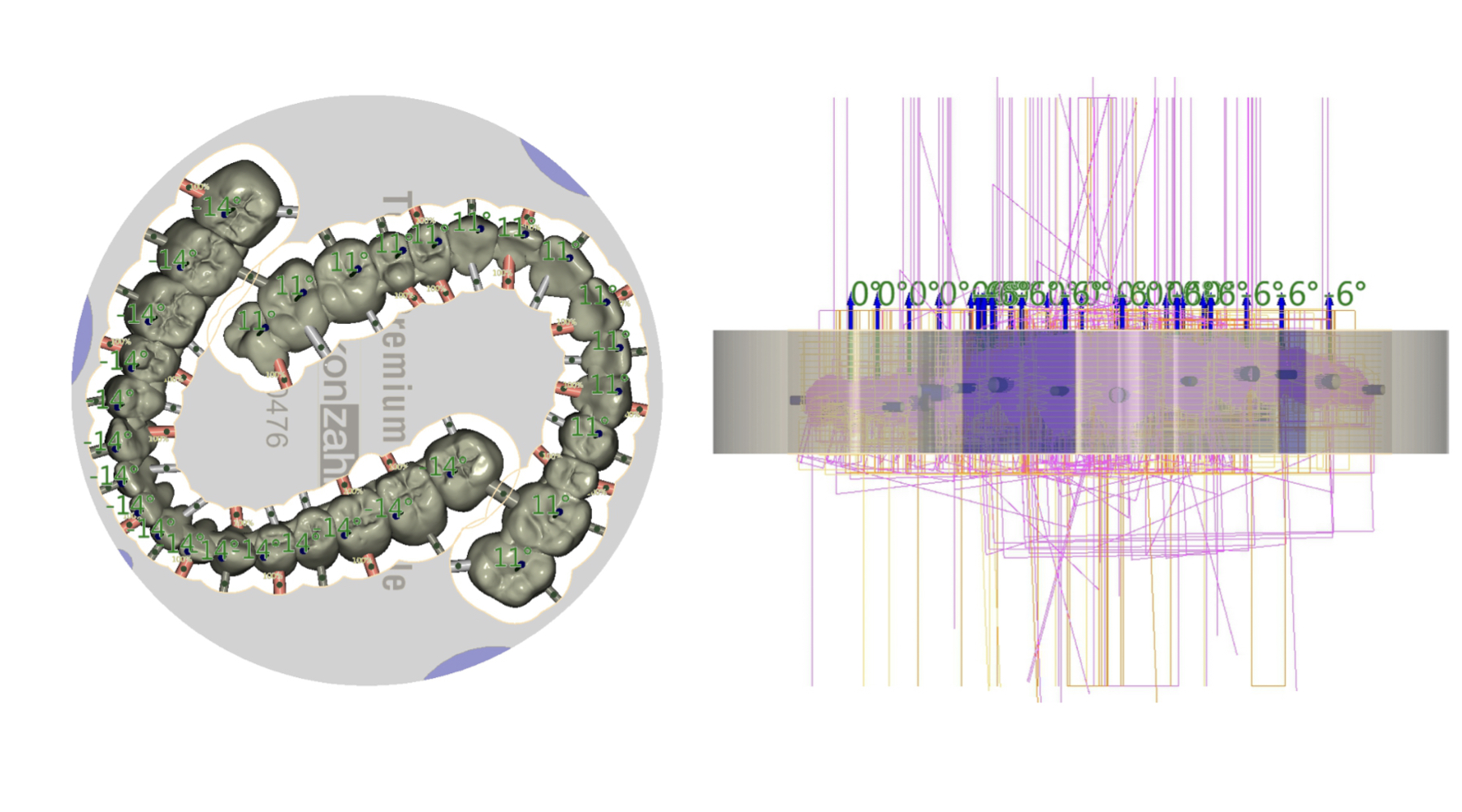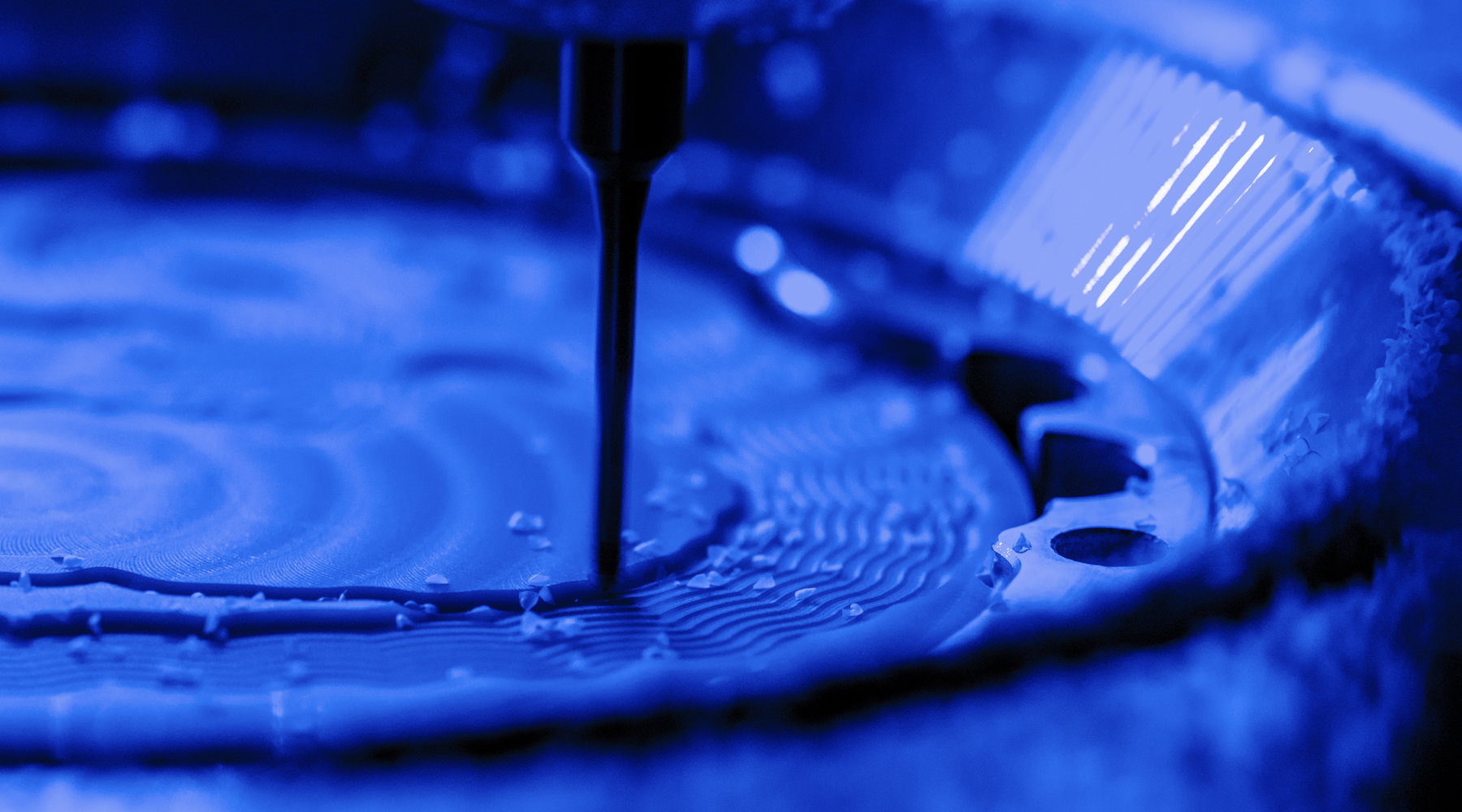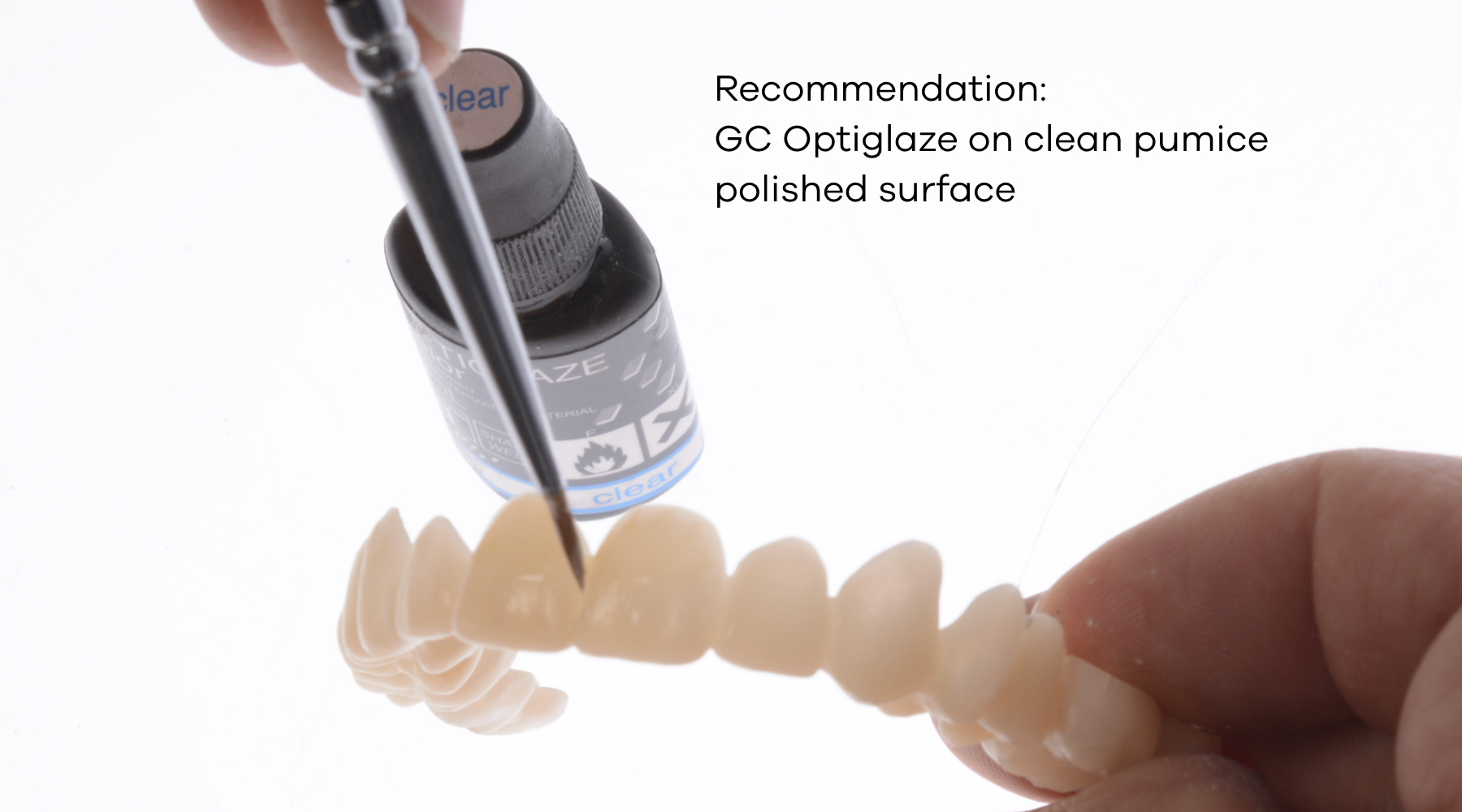Innovative CAD/CAM Concepts
Using CAD/CAM technologies to explore new innovative paths in (digital) dentistry:
CAD/CAM technologies enable us to present modern and innovative concepts in functional, aesthetic and digital dentistry. This allows us to plan treatments more comprehensively and to demonstrate them visually for better understanding. The CAD/CAM technology offers a better overview in the planning and execution of the therapy. Standardized work processes can prove to be profitable for everyone involved. These advantages are demonstrated by the Munich splint concept (milled polycarbonate CAD/CAM dental splint). This innovative CAD/CAM process creates an important step forward in the preliminary negotiation of complex prosthetic cases.

